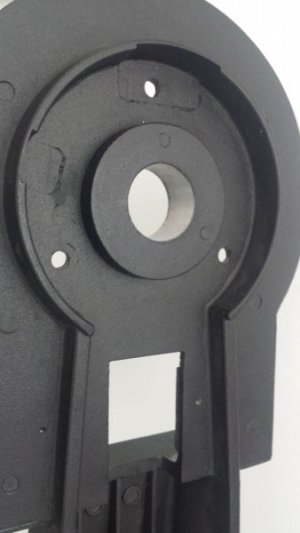The project is to replace a nylon sleeve bearing with a needle bearing in an aluminum casting. The current hole is about 1.08 in diameter and about an inch thick. The needle bearing measures 1.312 od (I believe it is is actually 5/16).
I have reasonable drill press and a SB 9 inch lathe that is good operating condition. I also have a milling attachment with T slots for the lathe and could mount the casting on the milling attachment. I have a fly cutter set and have experimented with it on the drill press. I was not comfortable with the operation, there was a lot of vibration. Would the fly cutter work better in lathe?
I am stuck on how to proceed. Is it practical to do with what I have or do I need to look for outside help?
I have reasonable drill press and a SB 9 inch lathe that is good operating condition. I also have a milling attachment with T slots for the lathe and could mount the casting on the milling attachment. I have a fly cutter set and have experimented with it on the drill press. I was not comfortable with the operation, there was a lot of vibration. Would the fly cutter work better in lathe?
I am stuck on how to proceed. Is it practical to do with what I have or do I need to look for outside help?


